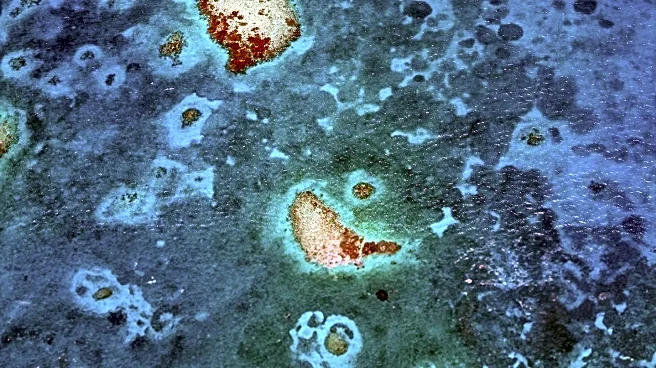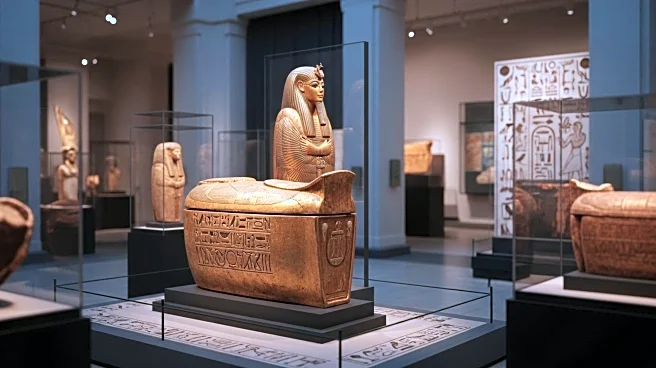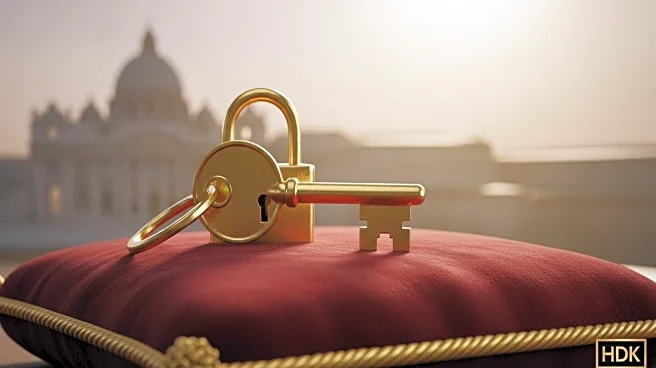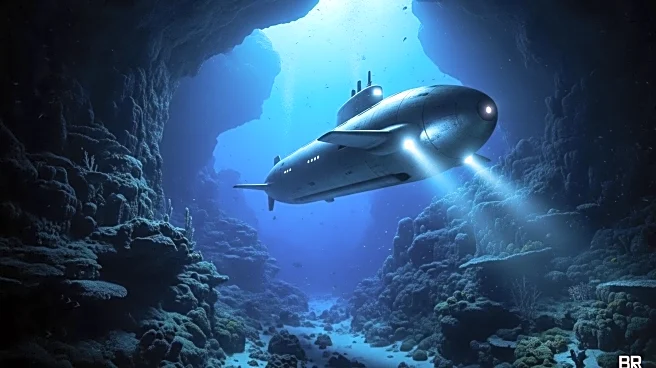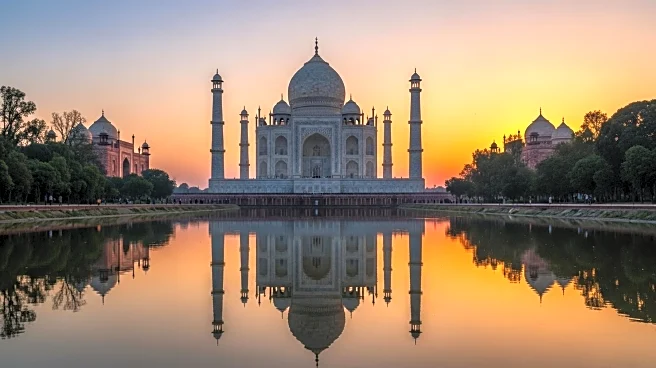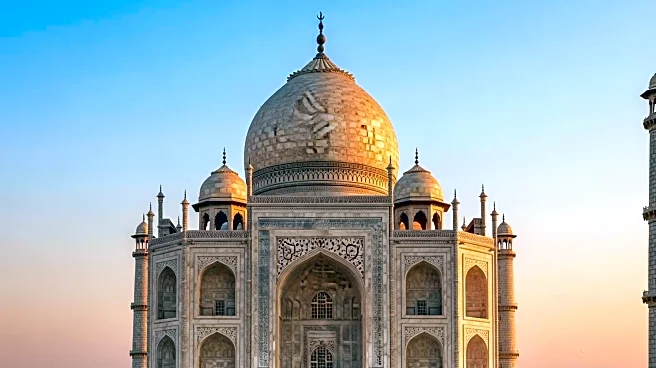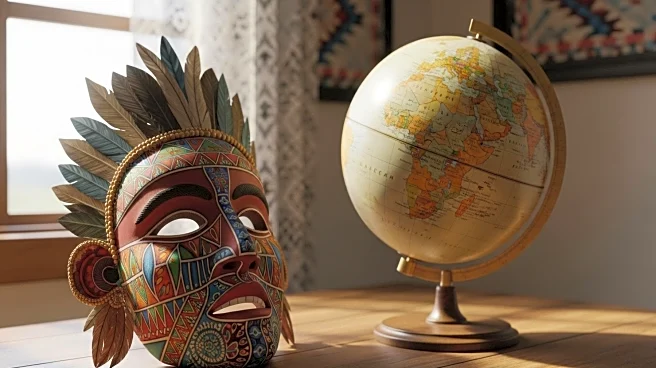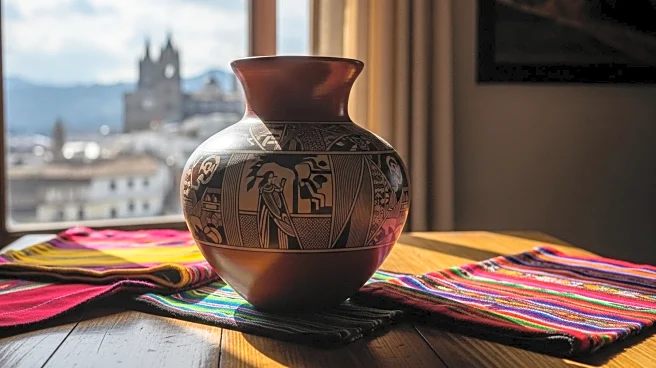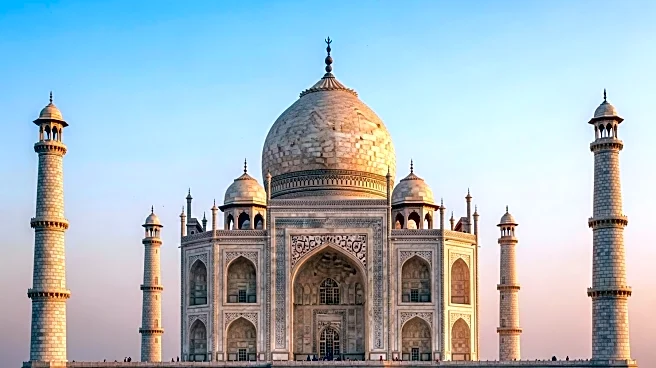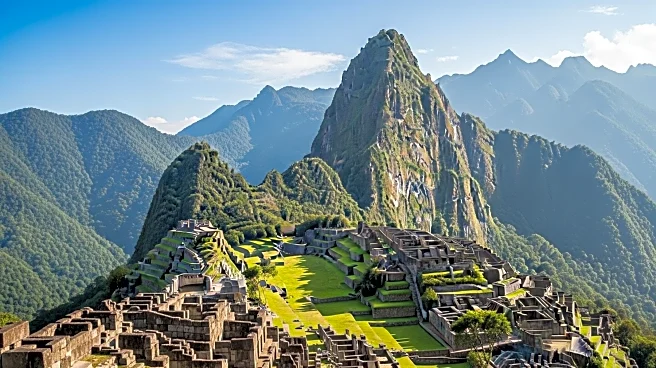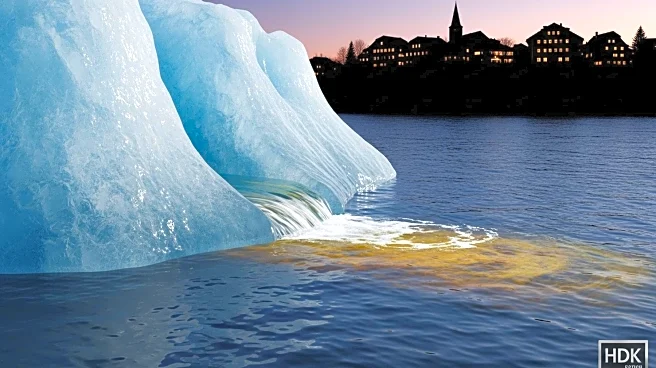What is the story about?
What's Happening?
Lighthouse Reef, a whale-shaped atoll located in the Caribbean Sea off the coast of Belize, is home to the Great Blue Hole, one of the deepest marine sinkholes on the planet. The atoll, part of the Belize Barrier Reef, is a UNESCO World Heritage Site and attracts over 10,000 tourists each year, including scuba divers. The Great Blue Hole, with a near-circular opening spanning 1,043 feet and a maximum depth of 407 feet, was formed around 10,000 years ago when sea levels rose at the end of the last ice age. The site gained fame in the 1970s when ocean explorer Jacques Cousteau charted its depths. In 2018, a submarine expedition led by Fabien Cousteau and Richard Branson created the first 3D map of the sinkhole, discovering a layer of hydrogen sulfide that preserves bodies of missing divers.
Why It's Important?
The Great Blue Hole is a significant natural wonder that contributes to Belize's tourism industry, drawing visitors from around the world. Its unique geological features and rich marine life make it a valuable site for scientific exploration and environmental education. The preservation of the site and its biodiversity is crucial for maintaining the ecological balance of the region. The discovery of preserved bodies highlights the potential dangers of deep-sea diving, emphasizing the need for safety measures and awareness among divers.
AI Generated Content
Do you find this article useful?
